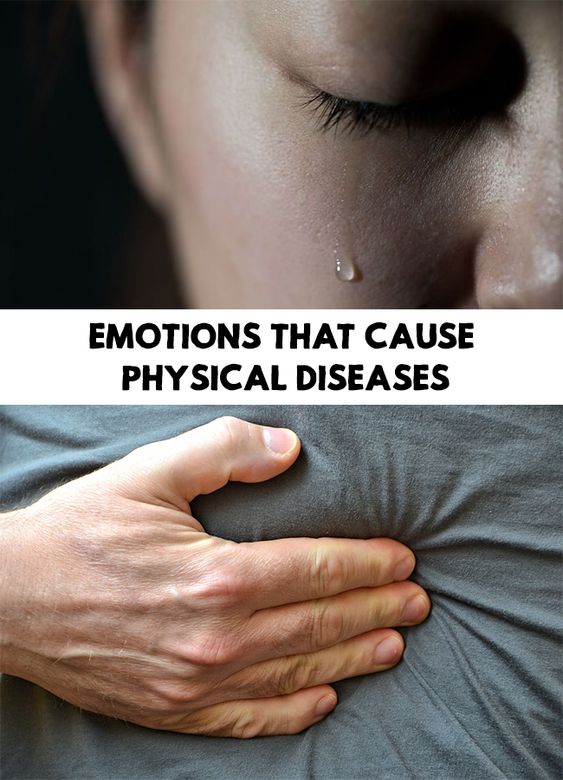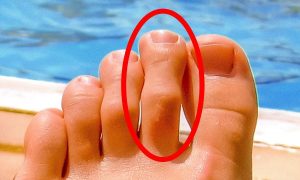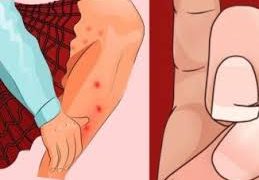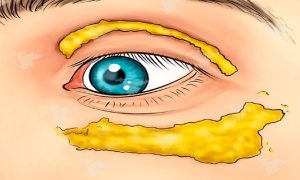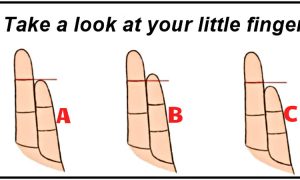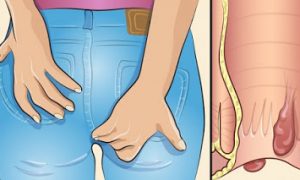When the emotions accumulate in our mind and soul and we keep them inside for a long time, they transform in some physical diseases like anxiety, panic attacks or depression. These disorders occur because our body needs, according to the instinct of survival, to find a way, even forced, to get rid of what is dangerous to our health.
1. Fear – a feeling of concern about a real or imaginary danger
People who feel afraid are tense, without courage, because they feel inner vulnerability. They focus on the expectations of others rather than theirs, feel they can’t rely on anyone or anything. Unmanaged fear occurs in the stomach and kidneys, the lumbar area and sometimes in the neck.
2. Unforgiving – it appears as an inability to move on, to understand that people “mistake”
People who don’t forgive those who have done something wrong, have in mind that if they forgive them, it’s as if they would accept and encourage their bad behavior or the bad things produced can’t be repaired anymore. It’s not about the acceptance of the behavior, nor the encouragement of it. It’s about the personal inner silence, which derives from the freeing of the mind. Sometimes a mistake can’t be repaired, but we can learn to enjoy our lives by doing new things. Unforgiving weakens the immune system and brings a general illness in the body, and in particular, the affected part is the heart.
3. Anger – a spontaneous emotional feeling activated by a sense of inability to change something or to accept a life situation
When the angry person feels invaded by something or someone, opposes to certain constraints coming from a person or situation, sometimes hanging of their own beliefs and become confused. When this feeling is suppressed or exaggerated, anger often manifests on the liver, especially if it is related to the criticism of others, because this organ has the role of neutralizing. It can also manifest on the head and on the legs if it’s connected with non-acceptance, in the stomach if it’s connected with the weakness, in the back if it’s related to the lack of flexibility or it can even cause infections in the body.


